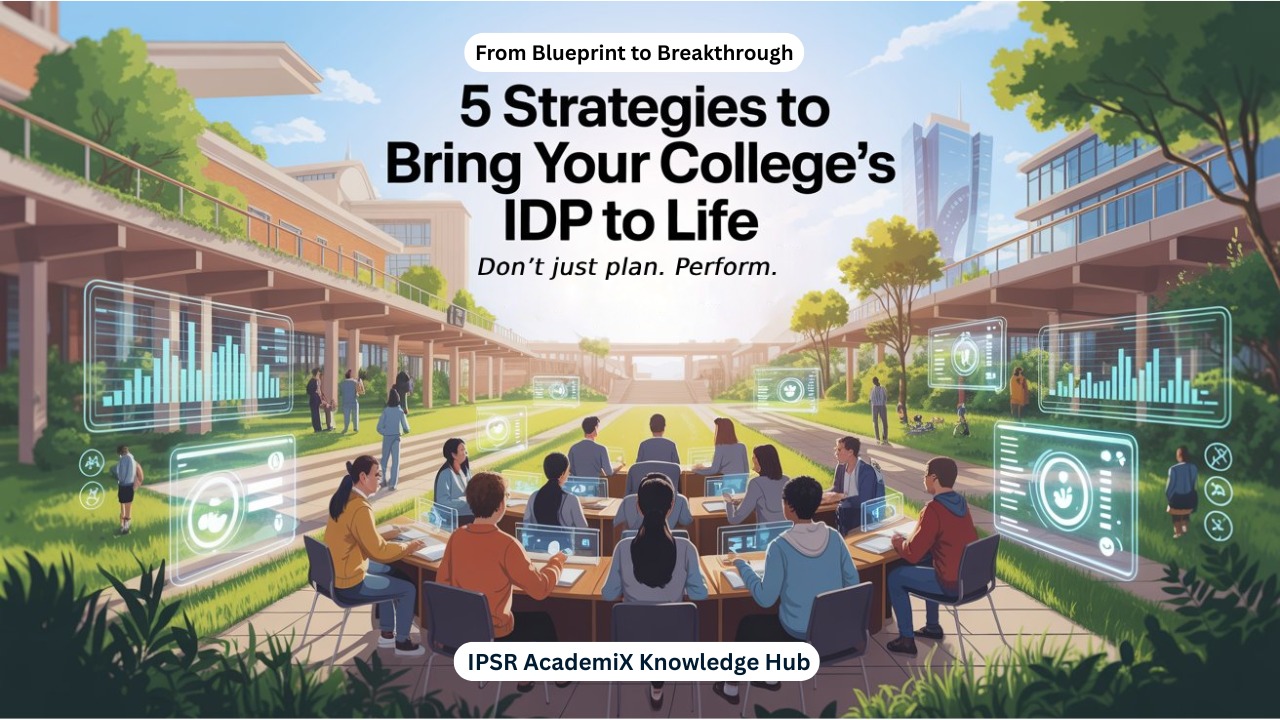
The UGC’s IDP guidelines focus on areas such as physical infrastructure, digital transformation, funding, and curriculum realignment. However, creating the plan is just the start – execution is the true challenge.
In our last article, we unpacked the 10-year Institutional Development Plan (IDP) blueprint and why it’s a game-changer for higher education. By now, you might have started drafting your college’s IDP (perhaps using a UGC-aligned template) – a visionary roadmap to 2035. But let’s get real: a plan on paper means nothing if it collects dust. The next decade will separate the leaders from the laggards not by who has a plan, but by who acts on it.
In fact, the UGC’s latest guidelines position the IDP as a strategic must – even linking it to eligibility for grants. The message is loud and clear: don’t just plan, perform. So how can your institution ensure that its carefully crafted IDP actually delivers results? Here are five key strategies to transform your 10-year plan from a static document into dynamic campus development.
An IDP without a dedicated team is like a ship without a captain. Form an IDP implementation taskforce that includes top leadership (Principal/VC and deans), faculty champions, administrative heads, and student/alumni representatives. This cross-functional team will own the plan, drive initiatives, and ensure accountability. UGC’s principles emphasize good governance and stakeholder participation as enablers of smooth IDP execution. Put simply, involve everyone who has a stake in the outcome. When faculty, students, and even industry advisors are part of the planning process, you “bridge trust gaps” and build buy-in from day one.
Leadership support is crucial – your top administrators must not only bless the IDP but actively champion it. Have the taskforce meet regularly (e.g. quarterly) to review progress, troubleshoot issues, and adapt plans. Treat the IDP as a living agenda in governing bodies (Boards and Academic Councils), not just an annual formality. With a committed team at the helm, your IDP moves from document to daily discussion, keeping it front-and-center in campus decision-making.
Case in Point:
At Joya Gogoi College (Assam), the administration formed a NEP 2020-aligned taskforce comprising senior faculty, external experts, and administrators to implement its IDP. This team held regular reviews and built strong interdepartmental collaboration from the start. Similarly, Universal Engineering College (Kerala) brought in an education ministry advisor to guide execution, a move that added external accountability and boosted stakeholder confidence.
A 10-year vision can be overwhelming, so break it down. Translate the grand goals into phased targets – for example, 2-year, 5-year, and 10-year milestones. This creates a sense of urgency for near-term wins while pacing longer-term projects. Identify what needs to happen in the next 12-24 months to build momentum (new courses, MOUs, facility upgrades, policy changes, etc.), and what can be scheduled for mid-term (years 3-5) once initial groundwork is laid.
Each goal in your IDP should come with SMART objectives (Specific, Measurable, Achievable, Relevant, Time-bound). Importantly, tie these to Key Performance Indicators (KPIs). For instance, if your vision is “to be a multidisciplinary institution by 2035,” a 2-year KPI could be launching 3 new interdisciplinary programs, a 5-year KPI could be 30% of students in multidisciplinary courses, and so on. UGC’s IDP guidelines explicitly call for “measurable goals” and periodic reviews for continuous improvement – meaning you should continually check if you’re hitting those interim targets. By phasing the plan, you turn a distant vision into a series of actionable projects and checkpoints. This not only makes execution manageable but also lets you celebrate interim successes, keeping morale high and skeptics at bay.
What This Looks Like:
Envision a deemed university with a goal to boost research output. To align resources, it redesigns its budgeting process: 30% of the annual budget is now reserved for research development – funding new lab equipment, PhD scholarships, and seed grants for faculty projects. The university also initiates a drive to mobilize resources for its goals: it launches an Alumni Fund specifically for its “Research 2028” initiative and signs MoUs with industry to sponsor technology labs. When setting the year’s expenditures, every line item is checked against IDP goals. For instance, a proposal to renovate the auditorium might be deferred in favor of a new data science laboratory that the IDP identified as critical. This way, the budget itself becomes a strategic tool – if the plan says “increase industry-relevant skills”, then funds are allocated to start new skill centers and not wasted on areas outside the plan. Over time, the administration monitors spending vs. outcomes (e.g., did that ₹50 lakh investment in the robotics lab result in more student projects or patents?) and keeps fine-tuning allocations to ensure money always pushes the college closer to its vision.
Even the most brilliant strategy will falter if it’s not backed by adequate resources. Early in the IDP implementation, work with your finance office to align the institution’s budget to the plan’s priorities. Create a 5-year financial projection that allocates funds to each major initiative (curriculum revamp, new lab infrastructure, faculty development, etc.). The UGC’s proposed grant eligibility rules make it clear: colleges must not only draft an IDP but also ensure “adequate financial resources… to meet operational requirements”. In other words, don’t plan for programs or facilities you can’t sustain – either identify funding or scale down the idea.
Diversify funding sources to fuel your ambitions. The IDP guidelines encourage tapping into government schemes, alumni contributions, industry partnerships, and even CSR (Corporate Social Responsibility) funds. Could you launch a fundraising campaign for a new research center? Partner with local industry to sponsor skill-development courses? Many forward-looking colleges are establishing endowment funds and pursuing sponsored research to bankroll their growth. By broadening your funding base, you not only bring in extra capital but also hedge against relying solely on student fees. Remember, a financially sustainable plan is far more likely to succeed. Make your IDP a part of every budget discussion – it’s your business plan for the next decade.
In Practice:
A nursing college in Kerala aligned their annual budget directly with their IDP goals, setting aside a defined share for infrastructure modernization and faculty capacity building. They also listed clear external funding targets—grants, alumni donations, CSR—to ensure ideas were fundable, not just aspirational.
For an IDP to truly reshape your institution, culture is the make-or-break factor. Avoid the common pitfall of treating the IDP as an admin exercise imposed from the top. Instead, engage every level of your campus community in the journey. Here’s how:
By fostering an inclusive, innovative culture, you turn the IDP from a mandate into a movement. Over time, the mindset shifts from “we have to do this for UGC” to “we want to do this for our own growth.” The UGC Chair noted that adopting an IDP “fosters a culture of accountability and continuous improvement” – indeed, when everyone from the principal to the freshman feels accountable for progress, your institution gains a powerful momentum for change.
Illustration:
At IIT Bombay, the strategic planning team conducted institute-wide surveys, student town halls, and department-wise reviews to co-create their institutional roadmap. The level of inclusion meant that even bold changes had widespread buy-in. Similarly, Panjab University hosted 17 rounds of stakeholder consultations, including parents, to refine their IDP.
Building a future-ready institution is an iterative process. You need a strong monitoring and evaluation (M&E) mechanism to ensure your IDP stays on track amid evolving circumstances. Start by defining clear KPIs for each strategic pillar – from academic excellence (e.g. student success rates, faculty research output) to inclusivity (e.g. enrollment from SEDGs, gender ratio) and industry linkage (e.g. placement rates, number of active MoUs). Many institutions tie these metrics to their IQAC (Internal Quality Assurance Cell) reviews, which is smart – it integrates the IDP with existing quality processes.
Conduct annual or bi-annual IDP review meetings where the taskforce (see Strategy #1) analyzes progress data. Are you meeting your short-term targets? Which initiatives are lagging and why? For instance, if your goal was a NAAC score improvement by next cycle and the mid-term review shows slow progress, it’s time to drill down and course-correct. UGC’s framework explicitly suggests “periodic reviews for continuous improvement” as a cornerstone of the IDP approach – so build that into your calendar now.
Crucially, be ready to adapt. The higher ed landscape will continue to evolve (think: new technologies, policy shifts, job market trends). A pandemic taught us the need for agility. Your IDP should not be a rigid script but a responsive guide. If a planned initiative becomes irrelevant or unfeasible, don’t hesitate to re-prioritize or find an alternative route. Likewise, seize new opportunities that arise – say, a sudden government grant for digital infrastructure or a chance to collaborate with a foreign university – and weave them into your plan. An effective IDP is both your North Star and a flexible playbook. By monitoring outcomes and staying adaptable, you ensure that by 2035, you’ve not only met your goals on paper but also kept your institution aligned with the times.
Real-World Example:
Several private universities in Gujarat and Tamil Nadu have implemented live dashboards to monitor IDP metrics—placement rates, research output, MoUs, and student engagement—feeding data directly to the IQAC and leadership for quarterly reviews. If progress stalls (say, in launching an MBA program), they quickly course-correct via faculty hiring, not waiting till the next year.
Conclusion: Execute to Transform – The Clock is Ticking
Crafting a 10-year plan is commendable, but executing it sets institutions apart. UGC’s push for IDPs is a time-bound chance to align with NEP 2020, achieve excellence, and stay future-ready. Act decisively now, or risk being left behind.
An IDP isn’t a document to shelve — it’s a living strategy. Lead boldly, invest in your vision, engage your people, and keep improving. Funding and accreditation will follow those who commit.
By 2035, what will your campus look like? That future depends on what you do today. Rally your team, start executing, and shape your institution’s destiny — before time runs out.
Join us for FREE to get instant email updates!
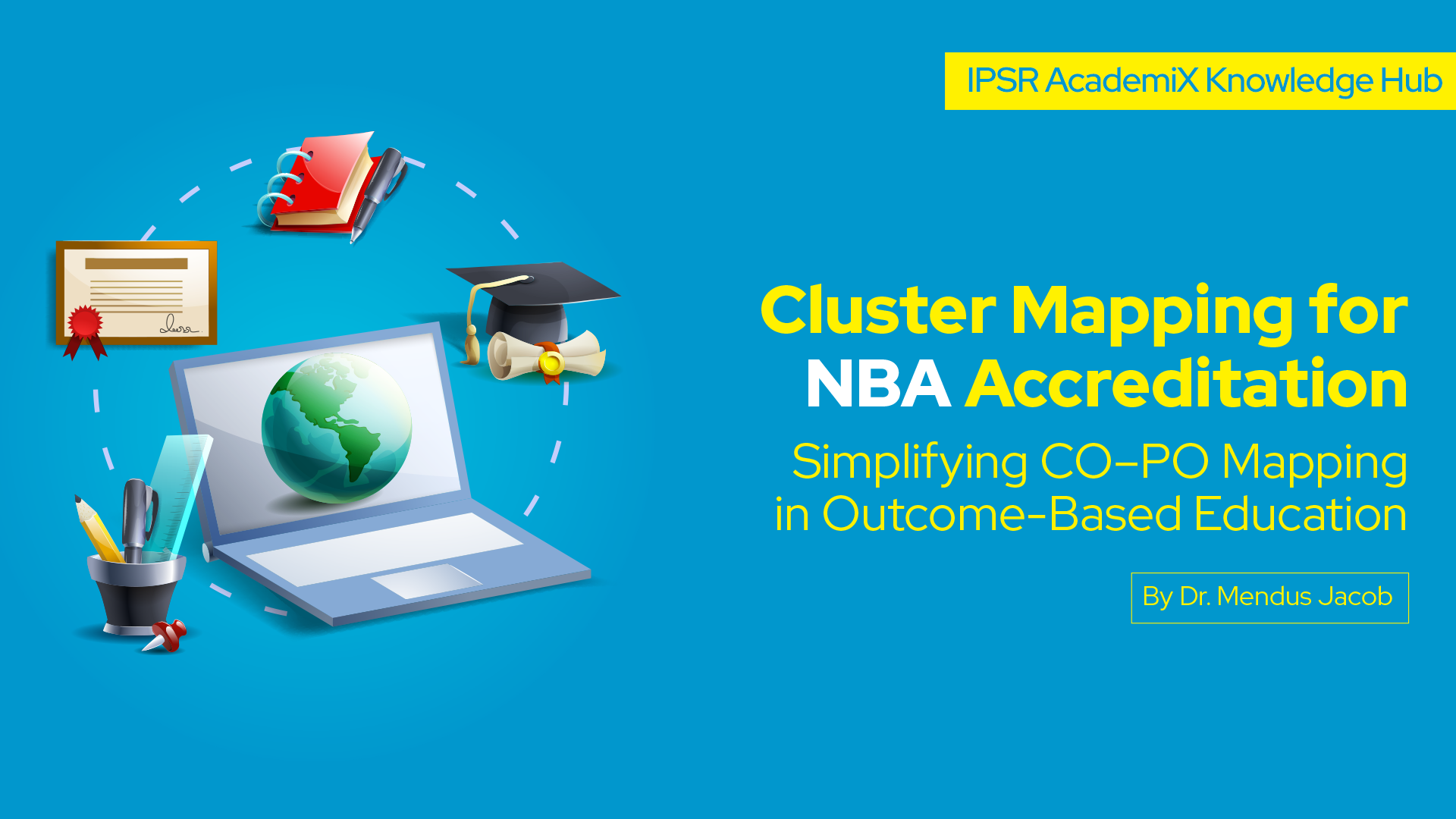
Simplifying CO–PO Mapping in Outcome-Based Education Accreditation by the National […]

The National Institutional Ranking Framework (NIRF) 2025 results are out, […]
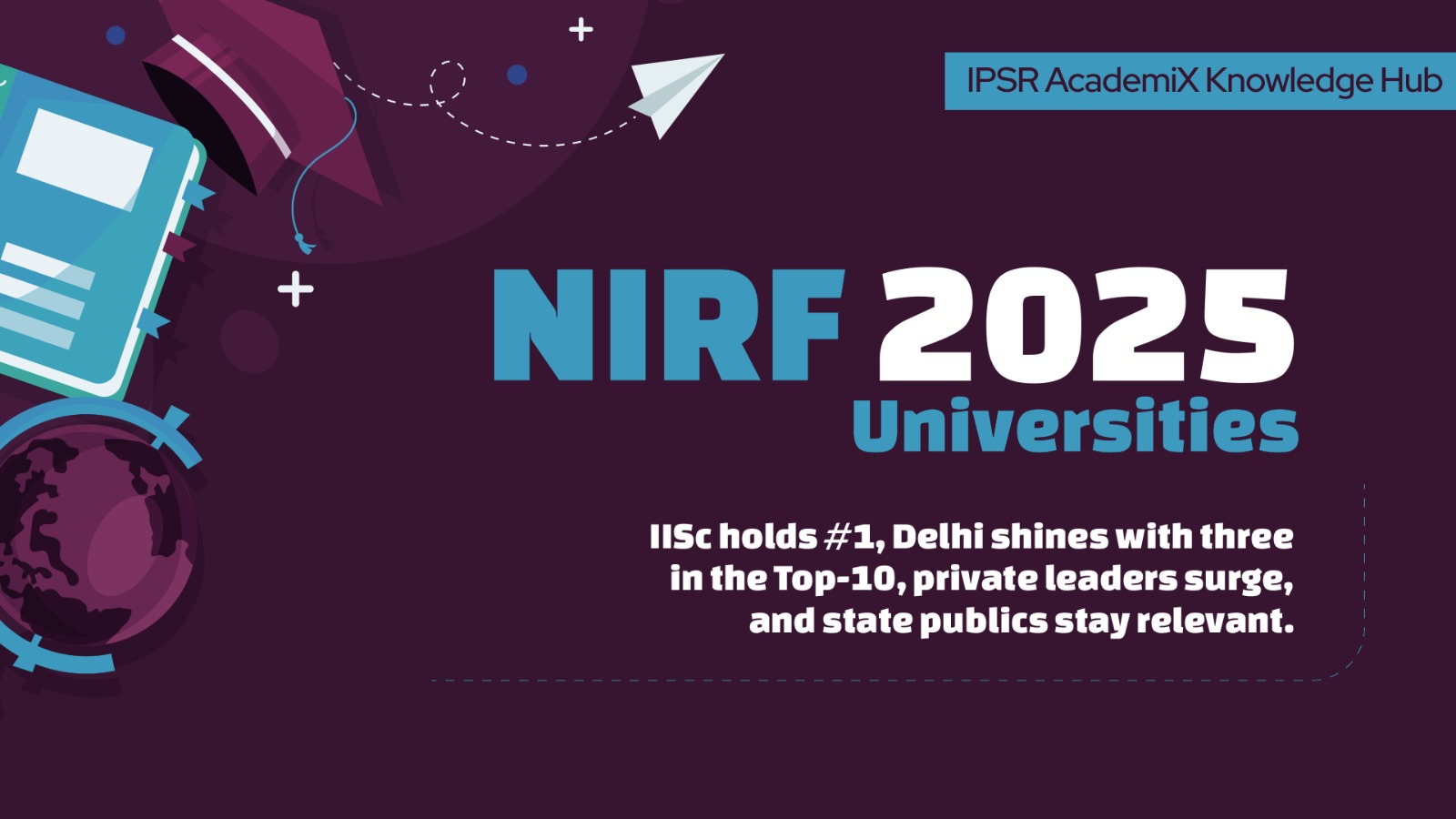
What the Top 100 Rankings Reveal About India’s Universities The […]

Exploring patterns, trends, and the evolving landscape of technical education […]

Release date: September 4, 2025 Source: NIRF portal’s Overall Top-100 […]
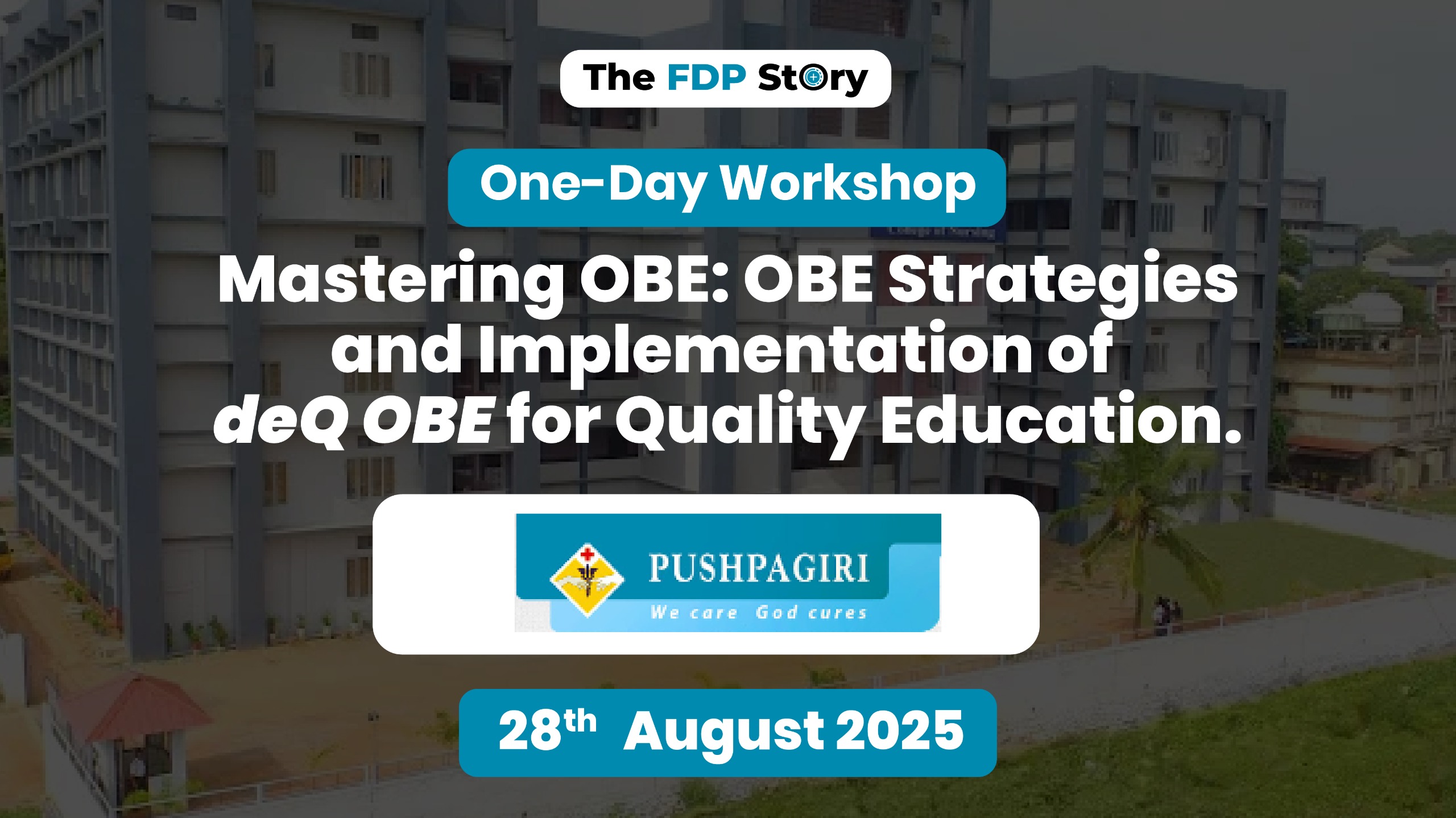
“Mastering OBE: OBE Strategies and Implementation of deQ OBE for […]
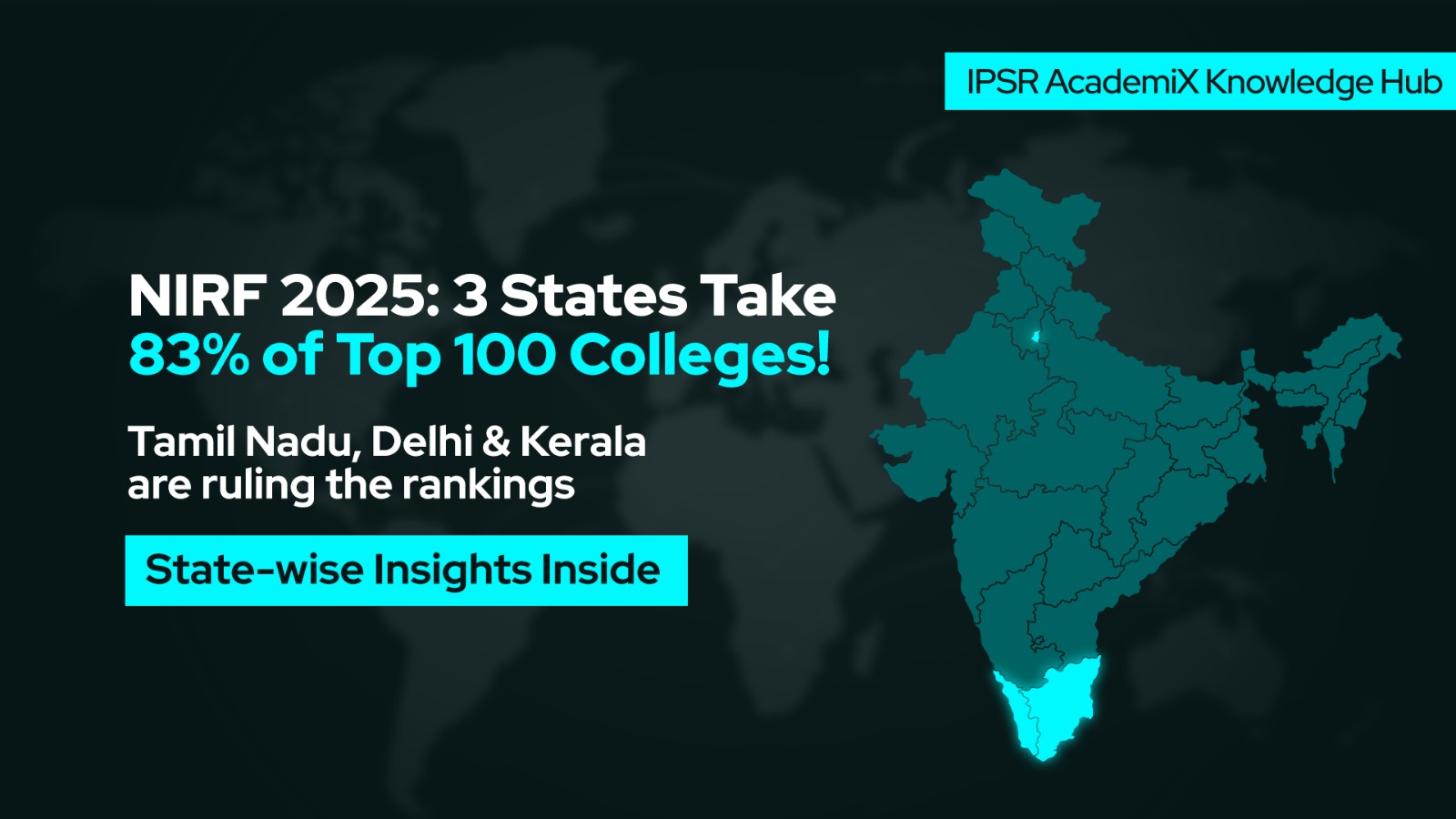
The National Institutional Ranking Framework (NIRF) 2025 has unveiled its […]
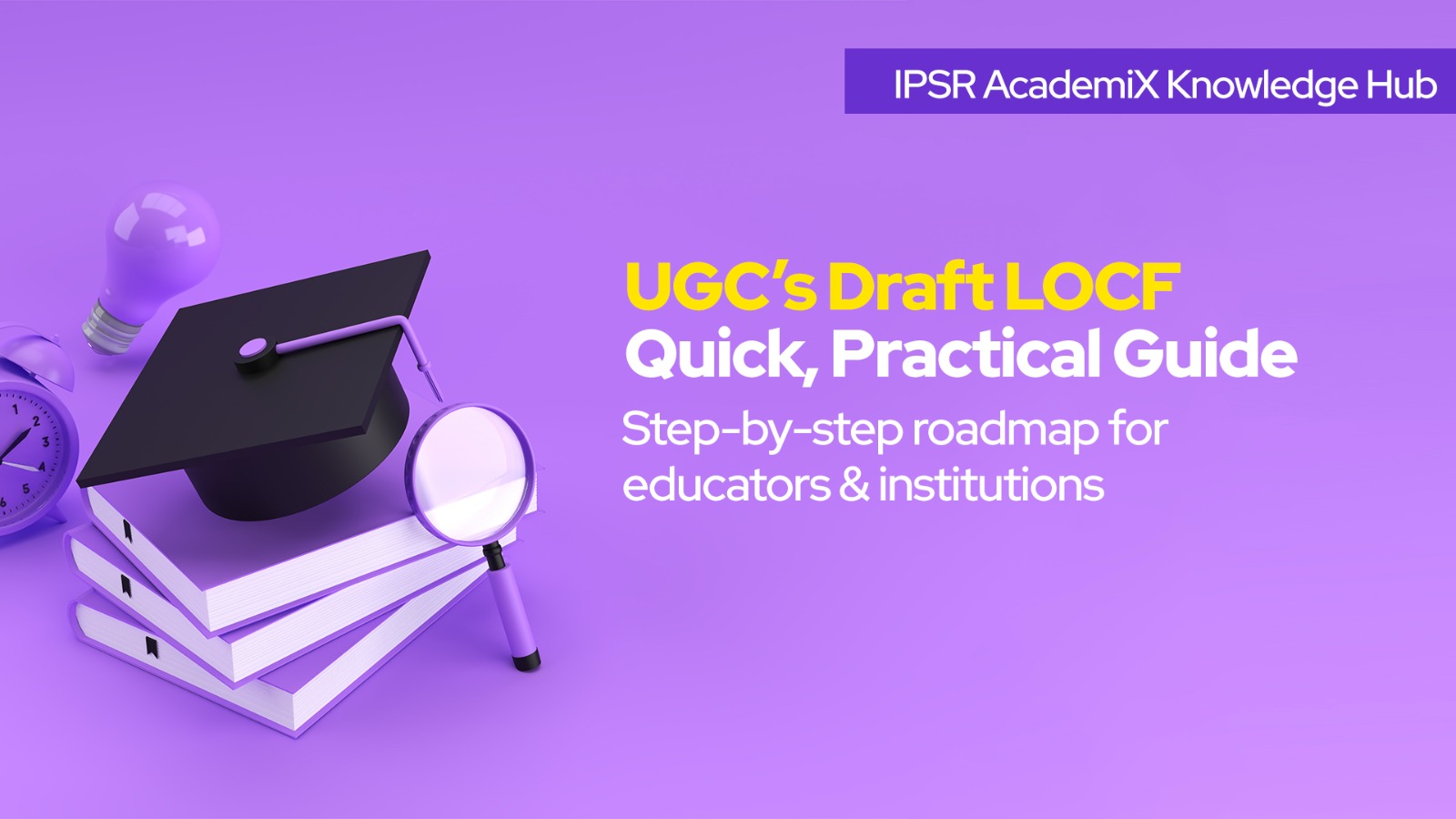
The University Grants Commission (UGC) has released draft Learning Outcomes-based […]
Leave A Comment